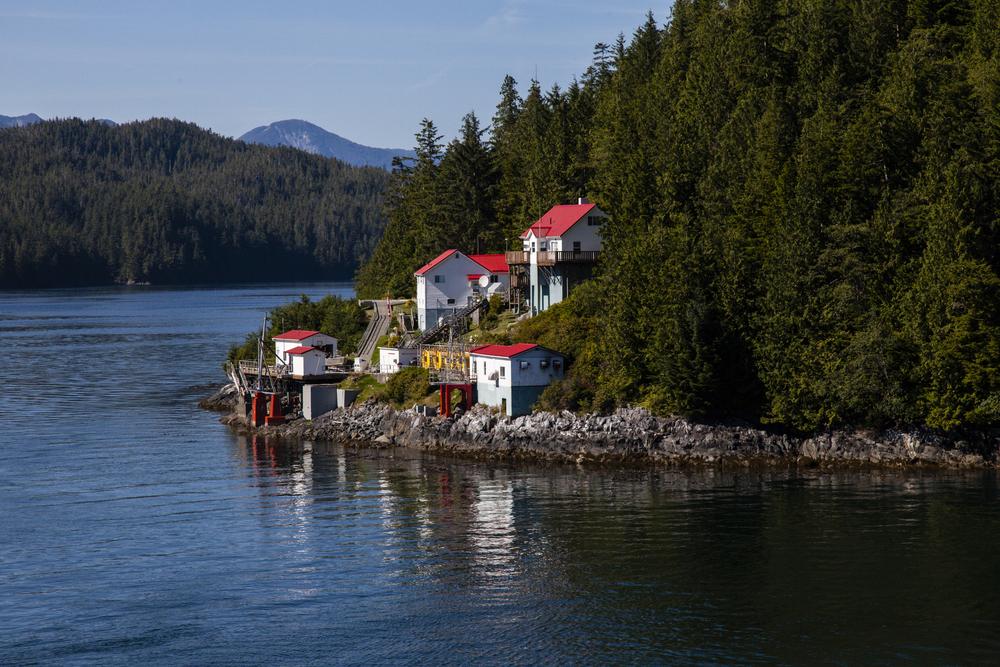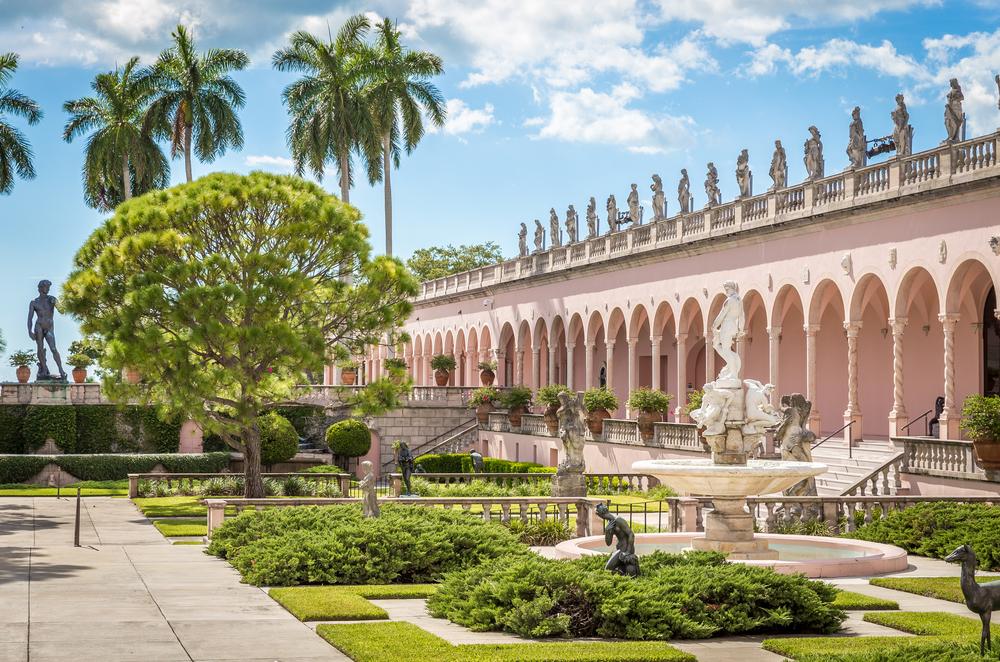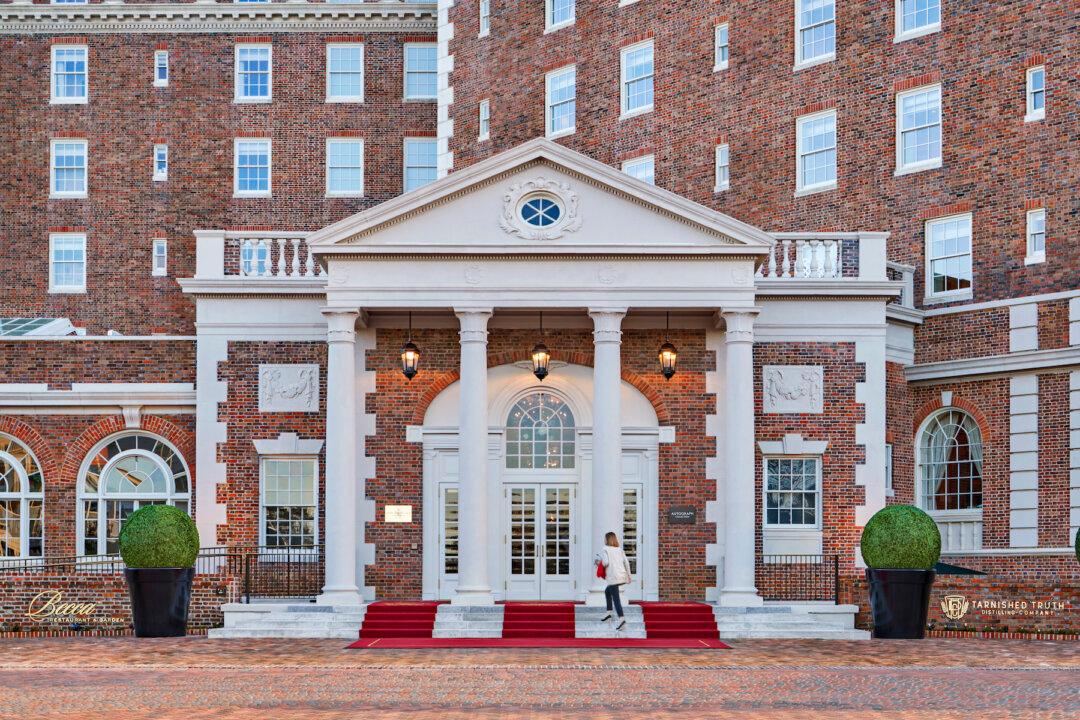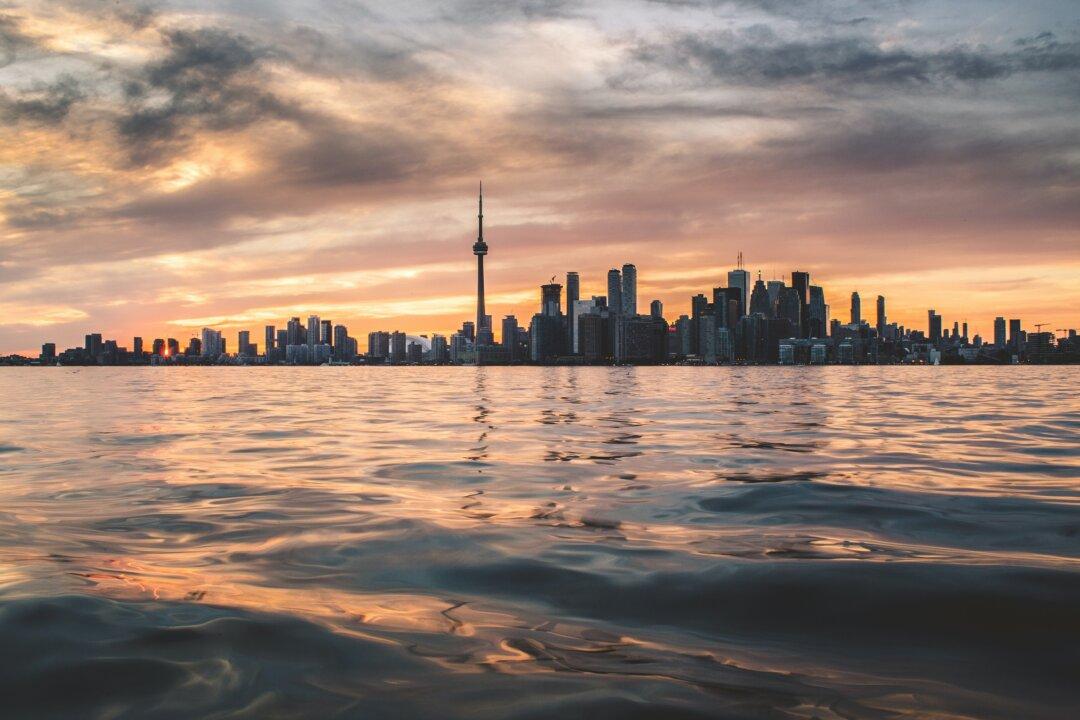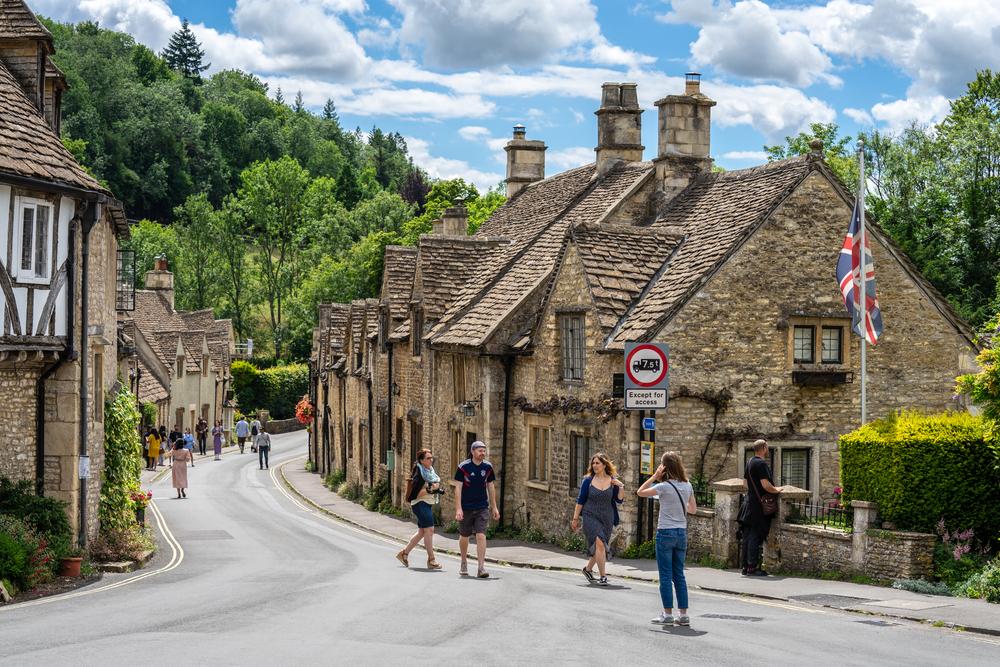Alaska is one of those places that looms large in the collective imagination of visitors.
There are several reasons for this, including its history—especially the way in which it became the union’s 49th state. After all, it is entirely possible that it could have remained outside the United States had one or two moments in history gone differently. Then there is the mystique that comes with the state’s vast geography and its detachment from the contiguous 48 states.

